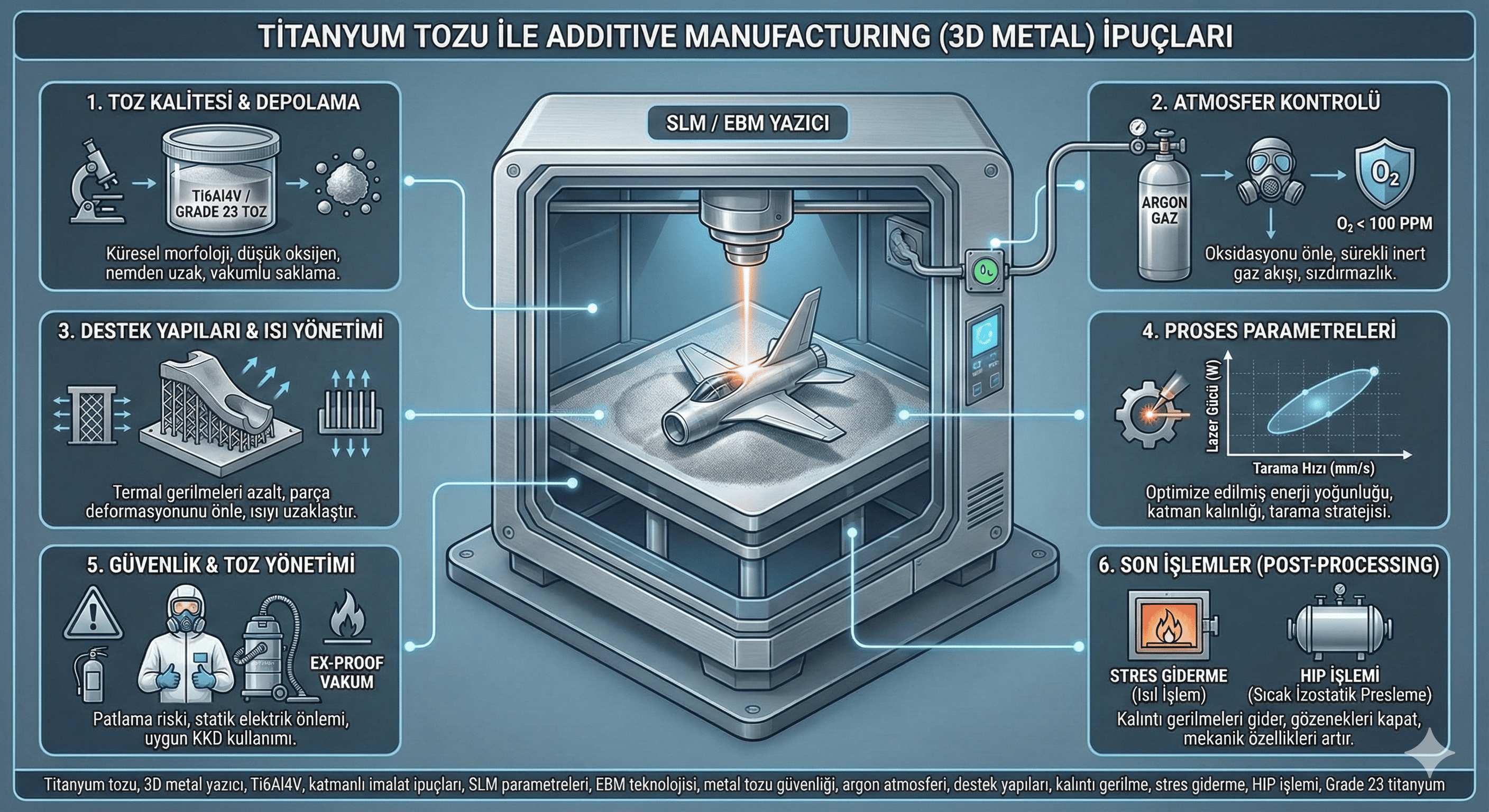Hexagonal Boron Nitride Nanoparticles: Properties, Synthesis, Applications, and Challenges
Introduction
Hexagonal boron nitride (h-BN) is a two-dimensional (2D) material with a structure analogous to graphite but composed of boron and nitrogen atoms. It exhibits unique properties that make it valuable for various applications in materials science, electronics, and nanotechnology. This article explores the properties, synthesis methods, applications, and challenges associated with hexagonal boron nitride nanoparticles.
1. Properties of Hexagonal Boron Nitride Nanoparticles
- Physical Properties:
- Structure: h-BN has a layered hexagonal crystal structure, similar to graphene, where boron and nitrogen atoms form a planar honeycomb lattice. This structure contributes to its unique properties.
- Size and Shape: h-BN nanoparticles can vary in size from a few nanometers to several micrometers. They often exhibit a platelet or sheet-like morphology due to their layered structure.
- Chemical Properties:
- Inertness: Hexagonal boron nitride is chemically inert and does not react with most acids or bases. It is stable at high temperatures and in harsh chemical environments.
- Oxidation Resistance: It is resistant to oxidation up to temperatures of around 1000°C in air.
- Thermal Properties:
- Thermal Conductivity: h-BN has high thermal conductivity in the plane of the layers, making it effective at thermal management and heat dissipation in electronic devices.
- Thermal Stability: The material maintains stability at high temperatures, making it suitable for high-temperature applications.
- Electrical Properties:
- Insulating Behavior: Unlike graphene, h-BN is an excellent electrical insulator with a high band gap of approximately 5.5 eV, making it useful as an electrical insulator in electronic devices.
- Optical Properties:
- Optical Transparency: h-BN is optically transparent in the visible range, which is advantageous for applications requiring transparent coatings or substrates.
2. Synthesis of Hexagonal Boron Nitride Nanoparticles
- Chemical Vapor Deposition (CVD):
- Process: In CVD, boron and nitrogen precursors are heated to high temperatures to deposit h-BN onto a substrate. This method allows for the production of high-quality, large-area h-BN films and nanoparticles with controlled thickness.
- Mechanical Exfoliation:
- Process: Similar to the method used for graphene, mechanical exfoliation involves peeling off layers of bulk h-BN to produce thin flakes or nanoparticles. This method can produce high-purity material but is typically limited to small quantities.
- Liquid-Phase Exfoliation:
- Process: Involves dispersing bulk h-BN in a liquid medium and using techniques such as sonication to exfoliate the material into nanosheets. This method is scalable and suitable for producing large quantities of h-BN nanoparticles.High-Energy Ball Milling:
- Process: Bulk h-BN is ground using ball milling to produce nanoscale particles. This method is cost-effective but can result in irregular particle sizes and shapes.
- Process: Involves dispersing bulk h-BN in a liquid medium and using techniques such as sonication to exfoliate the material into nanosheets. This method is scalable and suitable for producing large quantities of h-BN nanoparticles.High-Energy Ball Milling:
- Sol-Gel Process:
- Process: This method involves the formation of a sol (a colloidal suspension) of boron and nitrogen precursors, which is then converted into h-BN nanoparticles through thermal treatment.
3. Applications of Hexagonal Boron Nitride Nanoparticles
- Materials Science:
- Lubricants: h-BN is used as a dry lubricant due to its layered structure, which reduces friction and wear in various mechanical applications.
- Composites: Incorporated into polymer or ceramic matrices to enhance thermal conductivity, mechanical strength, and chemical resistance.
- Electronics:
- Insulating Layers: Used as a dielectric material in electronic devices due to its high electrical insulation properties. It is particularly valuable as a gate dielectric in transistors.
- Thermal Management: Applied in electronic packaging and cooling systems to manage heat dissipation due to its high thermal conductivity.
- Optics and Photonics:
- Transparent Coatings: Utilized in transparent coatings and optical devices due to its optical transparency and chemical stability.
- Nanotechnology:
- Nanodevices: Used in the fabrication of nanodevices and sensors where its 2D structure and electrical properties are beneficial.
- Biomedical Applications:
- Biocompatibility: Research is exploring the use of h-BN in biomedical applications such as drug delivery and imaging, taking advantage of its biocompatibility and stability.
4. Challenges and Future Directions
- Synthesis Control:
- Uniformity and Scale: Achieving uniform particle size and large-scale production while maintaining high quality is a challenge. Advances in synthesis methods are needed to improve consistency and scalability.
- Integration with Other Materials:
- Compatibility: Integrating h-BN nanoparticles with other materials or devices can be challenging due to differences in material properties. Developing methods to enhance compatibility is essential for practical applications.
- Health and Safety:
- Toxicity: Assessing the potential health risks associated with h-BN nanoparticles, including inhalation or environmental exposure, is important for ensuring safe use. Research into their biocompatibility and safety is ongoing.
- Cost and Commercialization:
- Production Costs: The cost of producing high-quality h-BN nanoparticles can be high. Innovations in synthesis methods and cost-reduction strategies are necessary to make h-BN more commercially viable.
5. Future Directions
- Advanced Applications:
- Flexible Electronics: Exploring the use of h-BN in flexible electronic devices and wearables, where its insulating and thermal properties can be advantageous.
- Energy Storage: Investigating the potential of h-BN in energy storage devices, including batteries and supercapacitors, due to its high thermal and chemical stability.
- Functionalization and Hybrid Materials:
- Surface Modification: Developing techniques to functionalize the surface of h-BN nanoparticles to enhance their performance in specific applications.
- Hybrid Systems: Combining h-BN with other nanomaterials to create hybrid systems with tailored properties for advanced applications.
- Sustainability:
- Green Synthesis: Developing environmentally friendly synthesis methods and recycling strategies to minimize the ecological impact of h-BN nanoparticle production.
Conclusion
Hexagonal boron nitride nanoparticles are a versatile material with a range of valuable properties and applications, from materials science and electronics to optics and nanotechnology. While they offer significant benefits, challenges related to synthesis, integration, health and safety, and cost must be addressed. Ongoing research and advancements in technology will continue to expand the applications and enhance the performance of h-BN nanoparticles in various fields.





